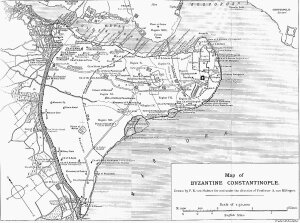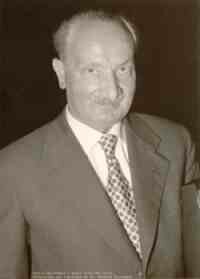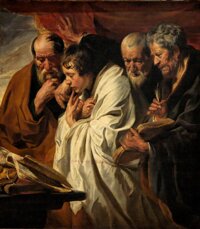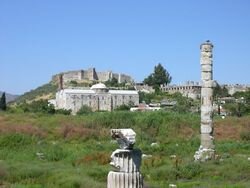 Apologetics, as defined in Webster's New Collegiate Dictionary, is "a branch of theology devoted to the defense of the divine origin and authority of Christianity." Someone who engages in apologetics is called an apologist. The term comes from the Greek word apologia (2 Corinthians 7:11, Philippians 1:17, 1 Peter 3:15), meaning the defense of a position against an attack, not from the english word apology, which is exclusively understood as a defensive plea for forgiveness for an action that is open to blame.
Apologetics, as defined in Webster's New Collegiate Dictionary, is "a branch of theology devoted to the defense of the divine origin and authority of Christianity." Someone who engages in apologetics is called an apologist. The term comes from the Greek word apologia (2 Corinthians 7:11, Philippians 1:17, 1 Peter 3:15), meaning the defense of a position against an attack, not from the english word apology, which is exclusively understood as a defensive plea for forgiveness for an action that is open to blame.First Peter 3:15 declares that Christians must be ready to give a reason for their faith. Christian apologetics are designed to present non-Christians reasons to adopt the Christian faith or to strengthen the belief of current Christians. Also, apologetics within the Christian community provide arguments that support and strengthen the doctrinal and ethical tenets of the Christian faith.
Sociologists of religion, such as Peter Berger and Douglas Cowan, have observed that boundary maintenance of belief occurs when one religious tradition encounters another.
Evidentialist apologetics, such as today's Gary Habermas or the more introductory Christian apologetic works such as Josh McDowell or Lee Strobel, are the most popular apologetics and have been historically. This can be seen from the earliest times in Christianity, as the New Testament records the apostles appealing to eyewitness testimony.
Historically speaking, philosophical apologetics has not been very instrumental in the propagation of the Christian faith or had much interest to many Christians, although it has appealed to Christian intellectuals. The apostle Paul, who was well-educated, said to beware philosophy (Colossians 2:8), though there is evidence that he was acquainted with Greek philosophy himself (Acts 9:29). Evangelical Christian apologist Dr. Norman Geisler composed an essay entitled "Beware of Philosophy: A Warning to Biblical Scholars". Yet some apologists call themselves Christian philosophers, such as Michael Horner. An explanation of this conflict is that Christians view some philosophy as being compatible with Christianity, such as the laws of logic, while other philosophy is not, such as nontheistic philosophy. Also, Francis Schaeffer, a conservative Protestant Christian apologist, argued that Christians needed to be more knowledgeable about philosophical questions, as he taught that only a Judeo-Christian view of man and the world provided satisfactory and consistent answers to the questions of being, knowledge and morals which philosophy addresses.
























